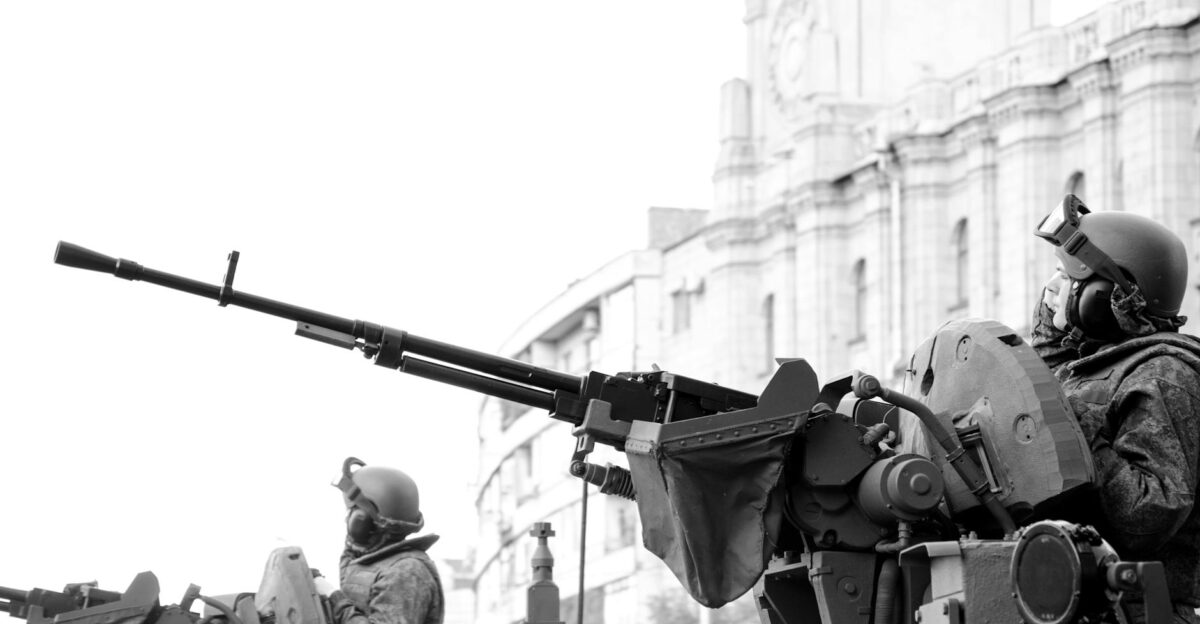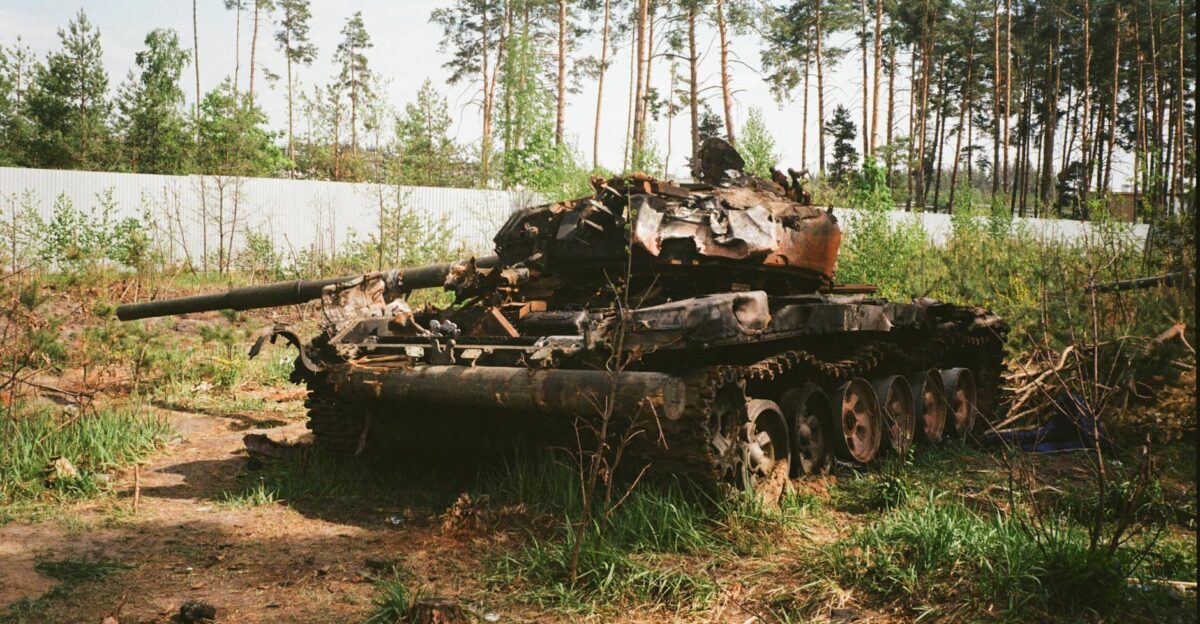
On November 20, 2025, Russian troops filmed themselves moving unopposed through the devastated streets of Pokrovsk, a city at the heart of Ukraine’s embattled eastern front. While Moscow declared total control, Ukrainian officials disputed the claim, but the shifting front lines told a stark story. President Volodymyr Zelenskyy acknowledged his forces faced overwhelming odds—outnumbered eight to one. The scene marked a dramatic reversal from the triumph Ukraine achieved three years earlier, when a lightning offensive in Kharkiv stunned the world and routed Russian forces in days.
The Art of Deception: Ukraine’s 2022 Kharkiv Offensive

In September 2022, Ukraine orchestrated a masterful deception that changed the course of the war—if only temporarily. For months, Ukrainian commanders signaled a major assault on Kherson in the south, prompting Russia to redeploy its elite airborne units to counter the perceived threat. Meanwhile, Ukraine quietly massed its real strike force in Kharkiv Oblast, hundreds of kilometers to the north. On September 6, Ukrainian armor broke through Russian lines at dawn, catching exhausted and poorly trained Russian reserves off guard while Russia’s best units remained far away.
Within days, Ukrainian troops captured Balakliia, a strategic city of 27,000, forcing Russian soldiers into a chaotic retreat toward Kupiansk. The collapse was so rapid that Russian commanders failed to organize a fighting withdrawal. Ukrainian forces bypassed strongholds, cut off supply routes, and isolated garrisons, prioritizing speed over urban combat. This maneuver warfare, thought obsolete by many theorists, proved devastatingly effective.
Rapid Gains and Strategic Victories

The offensive continued at a remarkable pace. On September 8, Ukrainian troops swept into Shevchenkove, and by September 9, they reached the outskirts of Izium—a city of 46,000 that Russia had spent a month capturing earlier that year. By September 10, Izium was liberated. Russian soldiers fled under cover of darkness, some abandoning uniforms for civilian clothes to escape encirclement.
The capture of Kupiansk, a vital railway hub, severed Russia’s logistics backbone in the north. Between September 6 and 11, Ukrainian forces advanced 70 kilometers, reclaimed over 3,000 square kilometers, and liberated more than 50 settlements. Ukrainian sources estimated Russian casualties at 2,850 soldiers and reported the destruction of 590 pieces of equipment, including tanks, artillery, and supply vehicles.
Why Ukraine Couldn’t Repeat Its Success

Three years later, the conditions that enabled Ukraine’s Kharkiv victory have vanished. Russia now recruits about 30,000 soldiers monthly, while Ukraine manages between 17,000 and 24,000. The pool of conscription-eligible Ukrainians has shrunk from 8.7 million in early 2022 to just 5 million by 2024, due to casualties, emigration, and ongoing service. In April 2024, Zelenskyy lowered the draft age from 27 to 25, but analysts estimate Ukraine needs 400,000 to 500,000 additional troops simply to hold its current positions.
On the Pokrovsk front, Ukrainian defenders face eight-to-one odds. Russian media claims full control, while Ukrainian maps mark the area as contested. Reports describe 1,000 Ukrainian troops at risk of encirclement as Russian forces close in from multiple directions. Commander-in-Chief Oleksandr Syrskyi maintains there is no immediate surrender, but Zelenskyy has publicly called the situation “very difficult.” The war has shifted from maneuver and surprise to attrition, forcing Ukraine into hard choices about which cities to defend.
Russia’s Costly Advances and the War of Attrition

Russia’s territorial gains in 2025 have come at enormous human cost. British intelligence estimates Russian casualties at 350,000 for the year. Despite this, Russia seized approximately 4,300 square kilometers—just 0.7% of Ukraine’s total area—at an average rate of 440 square kilometers per month. The war has become a test of endurance, where population size and recruitment capacity increasingly determine the outcome. Ukrainian officials and Western analysts now describe a conflict slipping away through accumulated casualties and exhausted reserves.
The Kharkiv offensive required reserves, momentum, superior positioning, and surprise—advantages Ukraine no longer possesses.
A Historic Victory, a Changed War
The Kharkiv counteroffensive stands as Ukraine’s greatest military achievement since Russia’s full-scale invasion. It demonstrated that speed, deception, and courage could overcome numerical disadvantage and inflict a decisive defeat. But it was a singular event, made possible by conditions that no longer exist.
As Russian patrols move through Pokrovsk’s ruins and calls for Ukrainian retreats grow louder, the Kharkiv victory has become a historical reference point rather than a strategic template. The war’s trajectory since then—three years of grinding attrition and incremental Russian advances—underscores the difference between winning battles and winning wars. Ukraine’s challenge now is not to repeat past triumphs, but to find a sustainable path forward in a conflict defined by endurance and loss.